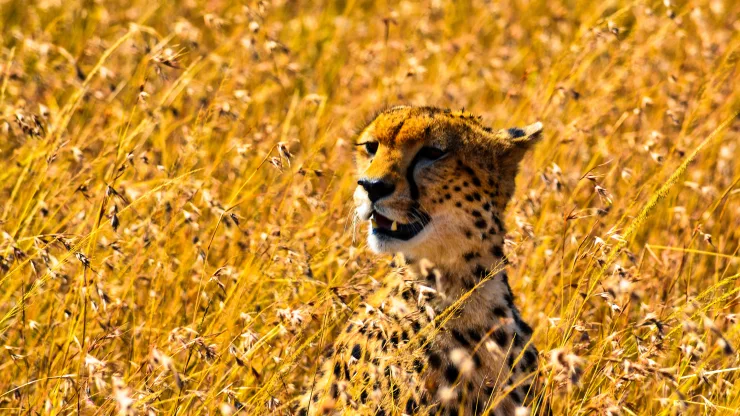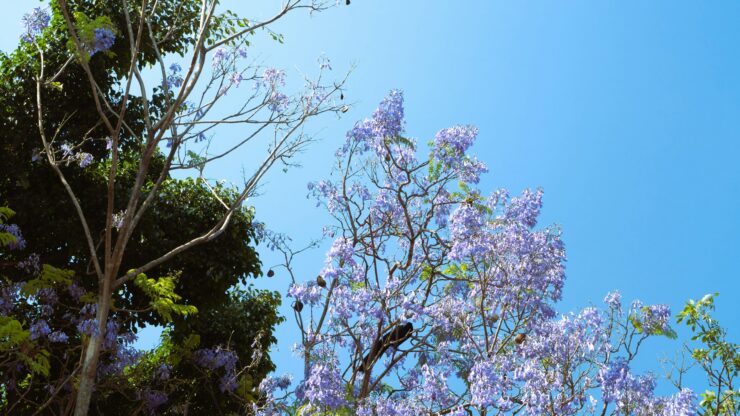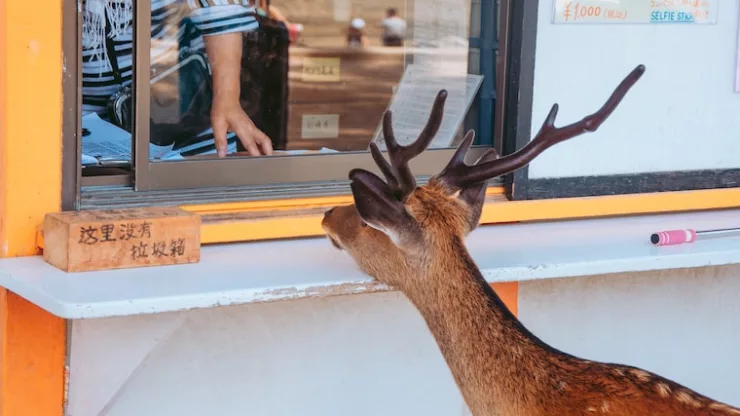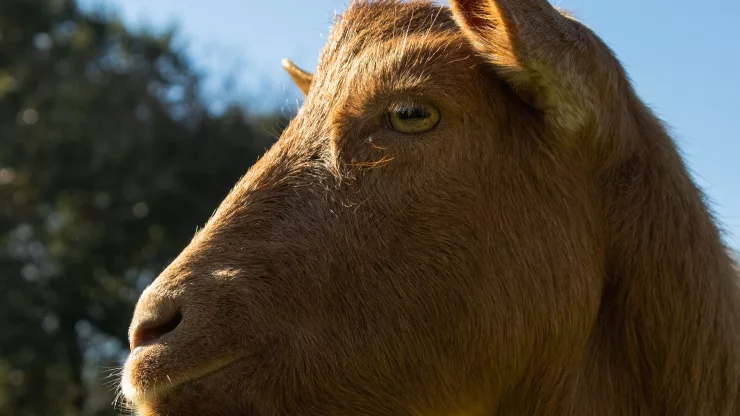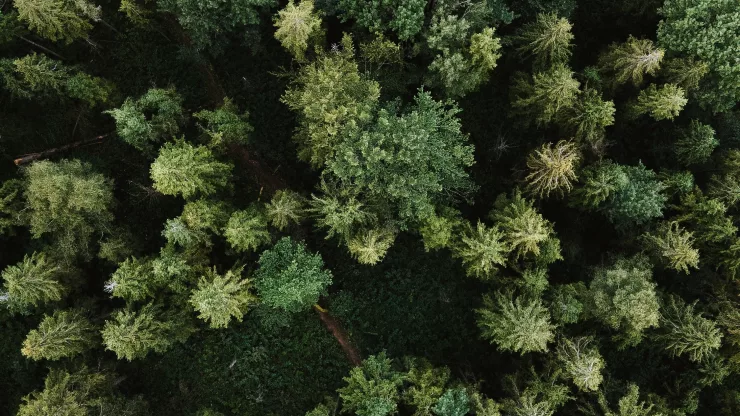The Realities of Urban Wildlife Tourism: Unpacking Its Challenges and Prospects
Urban wildlife tourism is a growing trend, with more and more travelers seeking out opportunities to experience nature in the middle of bustling cities.
From bird-watching to whale-watching, urban wildlife tourism offers a unique way to connect with the natural world in unexpected places.
However, this type of tourism also presents challenges, including the impact on local wildlife and the potential for overcrowding and habitat destruction.
In this article, we will explore the realities of urban wildlife tourism, unpack the challenges it faces, and discuss the prospects for building a sustainable future for this unique form of travel.
Jump to Section
The Rise of Urban Wildlife Tourism
Urban wildlife tourism is a relatively new phenomenon, driven in part by the growing interest in sustainable travel and the desire to connect with nature in urban environments.
According to a 2019 report by the Center for Responsible Travel, urban wildlife experiences are on the rise, with 60% of travelers surveyed expressing interest in such activities.
From watching penguins in Cape Town to spotting dolphins in New York Harbor, urban wildlife tourism offers a range of experiences that are both unexpected and exciting.
Challenges Faced by Urban Wildlife
Despite the benefits of urban wildlife tourism, there are also significant challenges that must be addressed. One of the biggest concerns is the impact on local wildlife populations.
When tourists flock to urban areas to see wildlife, it can disrupt natural behaviors, cause stress and anxiety, and even lead to habitat destruction.
In addition, there is the potential for overcrowding, which can further exacerbate these issues.
Another challenge is the need to balance tourism with conservation. While urban wildlife tourism can raise awareness and support for conservation efforts, it must be carefully managed to avoid doing more harm than good.
This requires collaboration between tourism operators, conservation organizations, and local communities to ensure that tourism activities are sustainable and responsible.
Opportunities for Sustainable Tourism
Despite the challenges, there are also many opportunities for sustainable urban wildlife tourism.
For example, by working with local communities and conservation organizations, tourism operators can develop experiences that not only benefit tourists but also support local conservation efforts.
By prioritizing responsible tourism practices, such as limiting group sizes and avoiding sensitive habitats, urban wildlife tourism can be a force for good.
In addition, technology can play a role in promoting sustainable urban wildlife tourism.
For example, apps that allow tourists to track wildlife populations and learn about conservation efforts can help raise awareness and promote responsible tourism practices.
By leveraging technology and collaboration, urban wildlife tourism can be a positive force for both travelers and local communities.
Building a Future for Urban Wildlife Tourism
To build a sustainable future for urban wildlife tourism, there are several steps that must be taken.
First, tourism operators must prioritize responsible tourism practices, such as limiting group sizes and avoiding sensitive habitats.
Second, collaboration between tourism operators, conservation organizations, and local communities is essential to ensure that tourism activities are sustainable and responsible.
Finally, policymakers and regulators must play a role in promoting responsible tourism practices and protecting local wildlife populations.
By working together, we can build a future for urban wildlife tourism that is both sustainable and responsible.
By prioritizing conservation and responsible tourism practices, we can ensure that this unique form of travel is a force for good and a source of inspiration for generations to come.
FAQ
What are some examples of urban wildlife tourism experiences?
Urban wildlife tourism experiences can include bird-watching, whale-watching, wildlife safaris, and visits to urban parks and nature reserves.
How can tourists ensure that their urban wildlife tourism activities are sustainable and responsible?
Tourists can ensure that their urban wildlife tourism activities are sustainable and responsible by choosing tour operators that prioritize responsible tourism practices, such as limiting group sizes and avoiding sensitive habitats.
They can also learn about local conservation efforts and support these efforts through their travel choices.
What role can technology play in promoting sustainable urban wildlife tourism?
Technology can play a role in promoting sustainable urban wildlife tourism by providing tourists with information about local wildlife populations, conservation efforts, and responsible tourism practices.
Apps and other digital tools can also help tourists track their impact and make more responsible travel choices.
I’m a nature enthusiast and creator of Metro Wilds and have spent years exploring the great outdoors.
With a passion for environmental conservation and sustainability, I have dedicated my career to writing about the beauty and wonders of nature, as well as the threats facing our planet.
Contact me at [email protected] for assistance.

